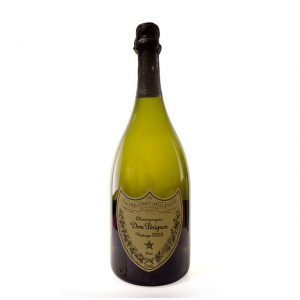History of the Christmas Tree
The Christmas Tree is must-have: it’s one of the great symbols of the festive season. About 100 million people around the World have a Christmas tree at this time of year. Here’s a short history.

 Trees have long been a religious symbolism of eternal life. The ancient Egyptians, Romans and Vikings used such, but it was probably in Germany around the 16th century that Christians first started to adopt a decorated tree to celebrate the birth of Jesus. Many other European countries had similar traditions.
Trees have long been a religious symbolism of eternal life. The ancient Egyptians, Romans and Vikings used such, but it was probably in Germany around the 16th century that Christians first started to adopt a decorated tree to celebrate the birth of Jesus. Many other European countries had similar traditions.
Queen Victoria was know to have a decorated tree as a child. Around 1841 her husband, Prince Albert, started using an ornately decorated tree in Windsor Castle. When a drawing of the tree appeared in a 1848 London Newspaper the wealthy classes quickly followed suit, both in Britain and America. By 1920, most homes in Britain had Christmas trees over the festive season.
The trees used were evergreen conifers, like Fir, Pine and Spruce. Such was the popularity of the Christmas tree, deforestation became a real problem and artificial trees started to appear around the 19th century, again in Germany. These early artificial trees were made out of coloured goose feathers.
In the 1930’s, commercial artificial trees were made from brush bristles, eventually leading to the PVC trees that we use today. The popularity grew as artificial trees require much less maintenance, last longer, are reusable and are less of a fire hazard.
Christmas trees are traditionally decorated with baubles, tinsel and lights. Years ago these would have been fruit, slivers of real silver and candles but today we have mainly plastic equivalents and electric lights.
Every Christmas, Europe and America people buy over 100 million trees making it a multi-billion pound business.
Although by tradition the Christmas tree should be decorated and go up about on the first day of Christmas (23rd December) ready for Christmas Eve, many trees go up before December. Tree should be taken down on the 12th day (January 5th).
Suppliers: Amazon
Sorry: we cannot find any of these products at this time.
Sorry: we cannot find any of these products at this time.





